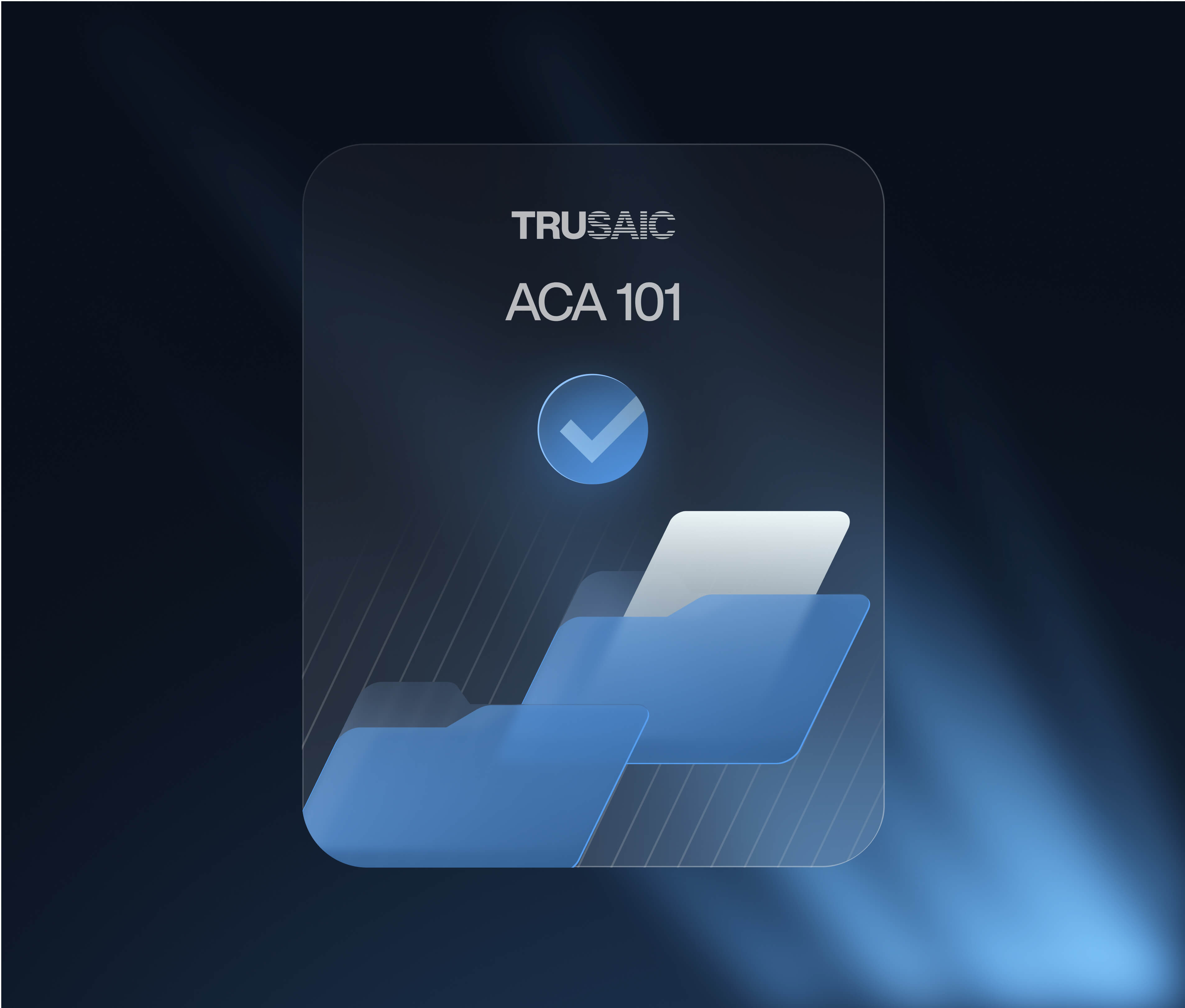Despite recent executive orders targeted at DEI programs in the U.S. federal government, pay equity remains a critical priority for employers — both from a legal compliance standpoint and as a business imperative.
This is further evidenced by continued movement at the state level with pay transparency laws. Two states — Illinois and Minnesota — have pay transparency laws that took effect Jan. 1, 2025. Both of these require employers in the state to provide salary ranges on job postings. Three other states have laws set to take effect this year:
- New Jersey – June 1
- Vermont – July 1
- Massachusetts – Oct. 29
And, just one month into the year, 10 states have proposed pay transparency legislation. We’ll provide a rundown of each below.
Pay Transparency Movement in 2025
Kentucky is the most recent state to propose a pay transparency law (HB362) that would require employers to post salary ranges in job postings. Kentucky joins the following states that have already proposed pay transparency laws in 2025:
- Alaska: SB 78 would require all employers to post salary ranges for all job postings and impose a salary history ban.
- Indiana: HB 1300 would require all employers to provide salary ranges on all job postings, promotions, transfers, or other employment opportunities and also upon request.
- Iowa: Senate File 187 would implement a salary history ban and require employers to provide the “minimum rate of pay” for all jobs. It also prohibits employers from requiring an employee to refrain from disclosing, discussing or sharing information about their pay.
- Maine: Legislative Document 54 was originally proposed in 2024 and was reintroduced in January. It would require employers with more than 10 employees to provide a salary range on all job postings.
- Missouri: Senate Bill 373 would require employers to provide a salary range to a prospective employee upon request, including promotions or transfers.
- Montana: Legislative Council Bill 0120 would require employers to disclose salary or wage ranges on all job postings, including internal transfers and promotions.
- Oregon: HB2746 would add pay transparency provisions to the existing Equal Pay Act that includes a salary history ban. This would include a salary range and wage disclosure requirement on job postings if passed.
- Virginia: SB1132 is a new bill put forth that would implement a salary history ban and require salary ranges to be provided on job postings. Senate Bill 370 passed in the Virginia legislature in March 2024 but was vetoed by Gov. Glenn Youngkin. That bill would have required employers to provide pay ranges on job postings in addition to the salary history ban.
Prevent Pay Inequity With Every Pay Decision
There is a low likelihood that all of these pay transparency laws pass. However, some, such as Maine and Oregon, are expected to be implemented. We will track these and update as necessary through our blogs and Global Pay Transparency Center resource.
In addition to Illinois and Minnesota, California, Colorado, Hawaii, New York, Washington state, Maryland, and Washington D.C. all currently require salary ranges on job postings.
Pay Equity Foundation
Given the consistent movement at the state level, it’s likely that nearly 50% of employees in the U.S. will be covered under pay transparency laws by 2026.
This underscores the need for U.S. employers to remain vigilant with pay equity audits. Why? Pay equity is the foundation of compliance. Pay transparency laws impose an implicit requirement for employers to explain how and why they pay. You can’t have pay explainability without conducting pay equity analyses to ensure your pay reality matches your pay philosophy.
As alluded to earlier, there is a misconception that Trump’s executive orders threaten pay equity. It’s quite the opposite. U.S. companies must still comply with foundational laws like the Equal Pay Act and Title VII of the Civil Rights Act, which prohibit pay discrimination based on gender, race, ethnicity, and other protected characteristics. Further, a primary legal exposure for companies has been and continues to be state-level equal pay laws, including pay transparency laws, which are unaffected by the executive orders.
The key is to take a neutral, data-driven approach to pay equity analysis to ensure compliance and mitigate risk. Abstaining from conducting pay equity audits opens you up to “reverse discrimination” claims, which are becoming more prevalent.
How Trusaic Helps You Comply
While other pay equity solutions have traditionally minimized the importance of compliance, Trusaic has, and continues to provide, defensible pay equity practices backed by methodology that avoids loopholes, pre-set reference classes, or gamification tactics.
While federal DEI policies may fluctuate with political changes, pay equity remains a legal, ethical, and business imperative — especially at the state level. Trusaic’s recommended approach:
- Adopt a Neutral Perspective: When conducting a pay equity analysis, avoid imposing a statistical reference class (e.g., White/Male). Our pay equity software, PayParity®, automatically identifies the highest-paid demographic class in each pay analysis group, ensuring unbiased results. This benefits you by avoiding the risk of overlooking potential “reverse discrimination” concerns.
- Avoid Bias in Compensation Tools: Compensation decisions at the point of hire must exclude consideration of gender, race/ethnicity, and other demographic characteristics. PayParity’s legally compliant Salary Range Finder® tool aligns with this principle, ensuring legal compliance.
Our software is designed to help organizations navigate any pay equity and transparency legislation with confidence — providing sophisticated analytics, unbiased insights, and legally compliant methodologies to ensure unbiased pay for all employees.
Learn more about how we are guiding global enterprises to make clear, compliant pay equity decisions with ease.








